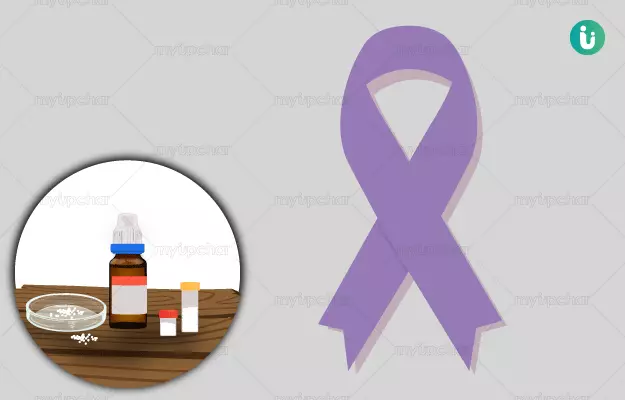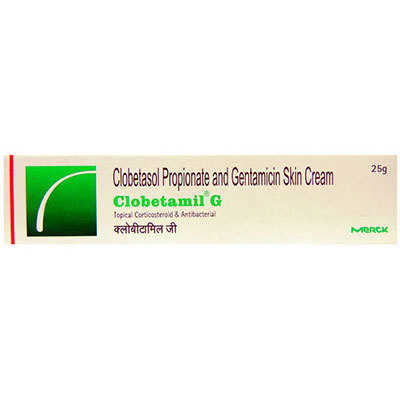Different homeopathic medicines are used as constitutional medicines and as remedies specific to the cancer of a particular organ.
A study found that sabal serrulata can reduce cell proliferation and tumour growth in lab animals (mice) with prostate cancer and in human prostate cancer cells.
Another study showed that sabal serrulata prevented the progress of cancer in lab rats. The study also showed that rats which were injected with chemicals to induce prostate cancer, were better able to resist the disease when given sabal serrulata.
A study showed that ruta graveolens in combination with the homeopathic biochemical medicine calcarea phosphorica causes death of cancer cells in people suffering from brain cancer and protects normal cells during the treatment, unlike chemotherapy and radiation, which destroy normal cells along with cancer cells. Similar results have been obtained with treatment of different types of cancer cells in laboratories.
A study showed that ruta graveolens decreased the size of liver tumour in mice which were injected with a special chemical to cause cancer. The study also showed that ruta graveolens decreased the chances of cancer in soft tissues such as ligaments and muscles (sarcoma) in the mice and increased their lifespan.
-
Lycopodium Clavatum
Common Name: Club moss
Symptoms: This medicine works best in people who are intelligent but tend to become sad due to their sensitive nature. They suffer from problems related to digestion such as bloating, excessive gas formation in the abdomen and liver disorders. The following symptoms are managed with this remedy:
- Cancer of the liver and lungs
- Strong tendency for symptoms to develop in the right side followed by the left side of the body
- Tendency to be gassy and experience bloating sensation in the abdomen
- Excessive gas in the abdomen after eating a small quantity of food
- Preference for warm food and drinks
- All types of complaints are aggravated between 4 pm and 8 pm and from heat (except stomach and throat complaints)
- Symptoms improve from exposure to cold, heat or warmth for abdominal symptoms, after midnight and by movement
A research study showed that lycopodium clavatum could prevent the spread (metastasis) of cancer in mice which were injected with melanoma (skin cancer) cells.
Another study showed that lycopodium clavatum was effective in reducing the size of lung tumours and decreasing the levels of liver enzymes - which are typically elevated in cancer of the stomach and liver.
Lycopodium clavatum has also been observed to be active against cervical cancer cells in the laboratory.
Yet another research study showed that lycopodium clavatum can be helpful in relieving distress symptoms of terminal stage cancer in a person suffering from adenocarcinoma (cancer of the glands).
Another research study showed positive effects of lycopodium clavatum in the treatment of vestibular schwannoma (a non-cancerous tumour on the main nerve going from the inner ear to the brain). Lycopodium clavatum decreased the symptoms of roaring sound in the ears and dizziness, according to this study.
-
Pulsatilla Nigricans
Common Name: Windflower
Symptoms: This homeopathy medicine works best for women who are mild, sensitive, cry easily and are yielding in nature. It is a constitutional homeopathic medicine useful in the treatment of various disorders, including cancer. It helps manage the following symptoms:
- Symptoms that have a tendency to change frequently, such as pain changing sides
- Feeling better in the open air despite feeling cold easily
- Dryness of mouth but no desire to drink water
- Symptoms worsen with fatty foods, heat and lying on the side which is not painful
- Symptoms reduce in open air and after cold food or drinks
A research study showed that pulsatilla nigricans was effective in decreasing the size of a breast tumour (breast fibroadenoma) in an 18-year-old woman.
A research study showed that conium maculatum stops the growth of cervical cancer cells in the laboratory.
According to multiple research studies, other homeopathic remedies helpful in the treatment of different types of cancer include phytolacca decandra, thuja occidentalis, condurango, sulphur, psorinum, carcinosin, hydrastis canadensis and arsenicum album.














